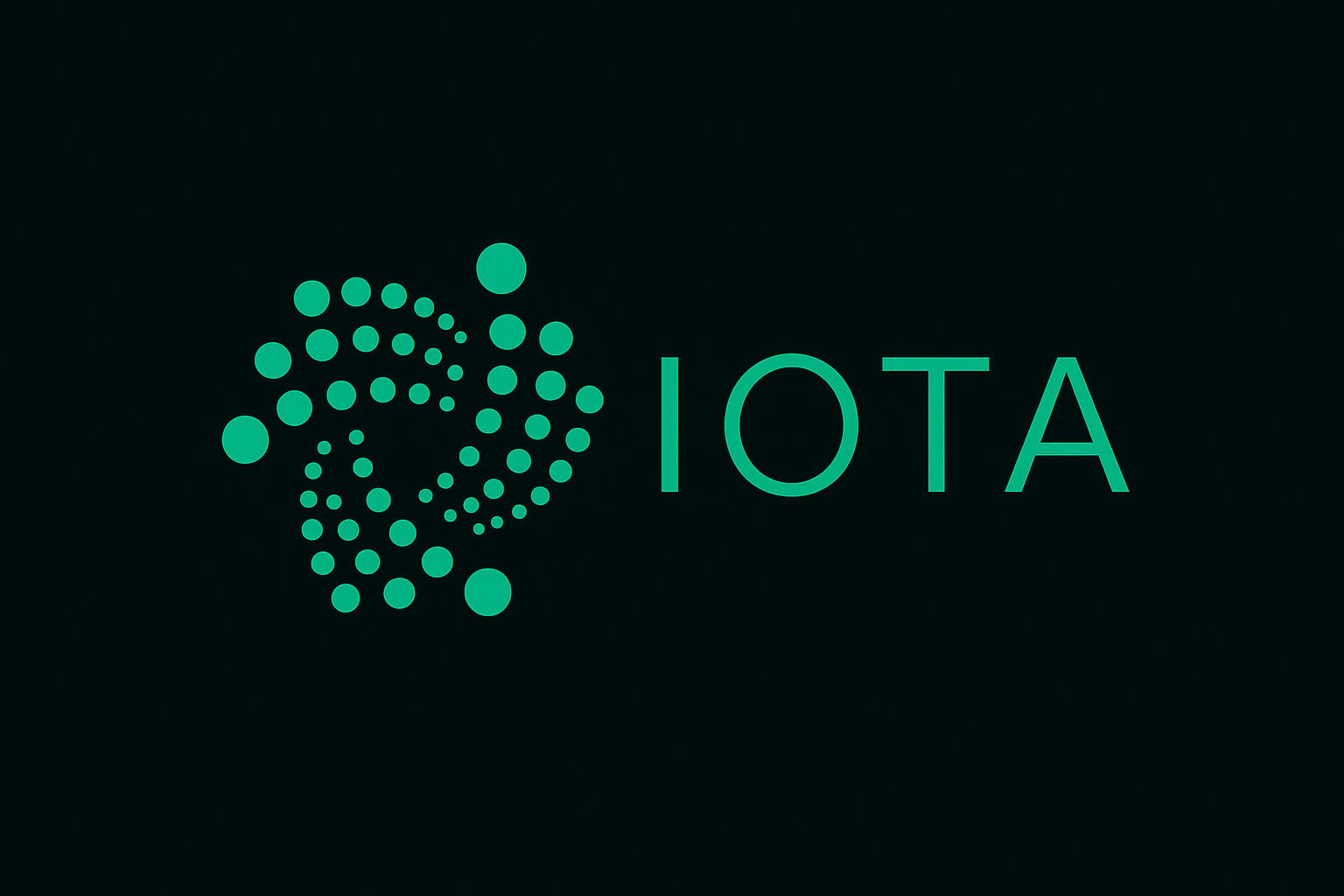ARTICLE AD BOX

- Salima, a cryptocurrency enthusiast, recently shed light on an intriguing research report from the Universitat Politècnica de València.
- The study shows how IOTA and Virtual Watchtower by TWIN are working to create a real-time, trustless, and fully traceable network for the maritime industry.
Recently, the Universitat Politècnica de València carried out a study and published its findings in a report titled “IoT Node for Monitoring and Traceability of Live Plants in Maritime Transport.” Salima, a follower of both technology and cryptocurrency, highlighted some of the report’s most interesting insights in a post on X.
The study proposes equipping shipping containers with IoT nodes to monitor critical conditions during ocean transport. Some of the conditions include temperature, humidity, and light. The sensors collect this data, then it is encrypted and sent to middleware, and safely stored on the IOTA Tangle. This will allow for real-time, unchangeable tracking of shipments without needing servers, and it’s super energy efficient. As Salima summed it up: “The result: immutable traceability, no servers, and energy efficiency.”
Scale of the System
Before any of this info lands on the IOTA Tangle, it goes through encryption to make sure everything stays secure as it travels through the network. And the scale here is pretty mind-blowing. If each container sends a message every minute, the numbers really stack up fast.
With an average cargo ship carrying about 4,580 containers and roughly 5,450 ships traversing global waters each day, the numbers speak for themselves. A single container would generate 1,440 transactions per day; one ship would produce around 6.6 million daily transactions. The entire global fleet would collectively push out an incredible 35.9 billion transactions per day. Over a month, that figure is 1.078 trillion transactions recorded on Tangle. This shows us the potential scale and the robustness of this traceability system.
The remote monitoring platform is built on Blynk. A low-code IoT software designed to seamlessly connect devices to the cloud. Why choose Blynk? It allows users to easily build mobile apps for remotely controlling and monitoring those devices. With Blynk, it becomes simple to “visualize measurements collected by IoT nodes,” the report said, and to set up “custom alerts based on specific thresholds”. This is usually for environmental factors like temperature, relative humidity, and brightness, giving users full control and visibility over their shipments, even from afar.
There’s more. The system includes tools to analyze past data, helping to spot trends and improve how shipments are managed. ” The system is designed to operate with low latency, even in environments with limited connectivity, thanks to the MQTT protocol for communication between the monitoring platform, middleware, and IoT nodes,” the study reads.
One thing to keep in mind is how the system handles different changes. It’s great for tracking slow and steady shifts over time, which helps save on storage space. But it’s not the best at catching sudden or unexpected changes. For those rapid, critical moments, a different approach is needed, one that can handle large amounts of data quickly.
Also, a detailed cost analysis was provided. It estimates that each IoT node would cost approximately $88 USD to deploy. This figure includes the ESP32 TTGO LoRa32 microcontroller with antenna ($31), AHT10 sensor ($2), GL5528 LDR sensor ($0.20), SEN0308 sensor ($17.50), and DS18B20 sensor ($2.10). The combination of affordability, scalability, and energy efficiency positions this solution as a promising innovation for transforming global maritime logistics.
.png)
 5 hours ago
2
5 hours ago
2








 English (US)
English (US)